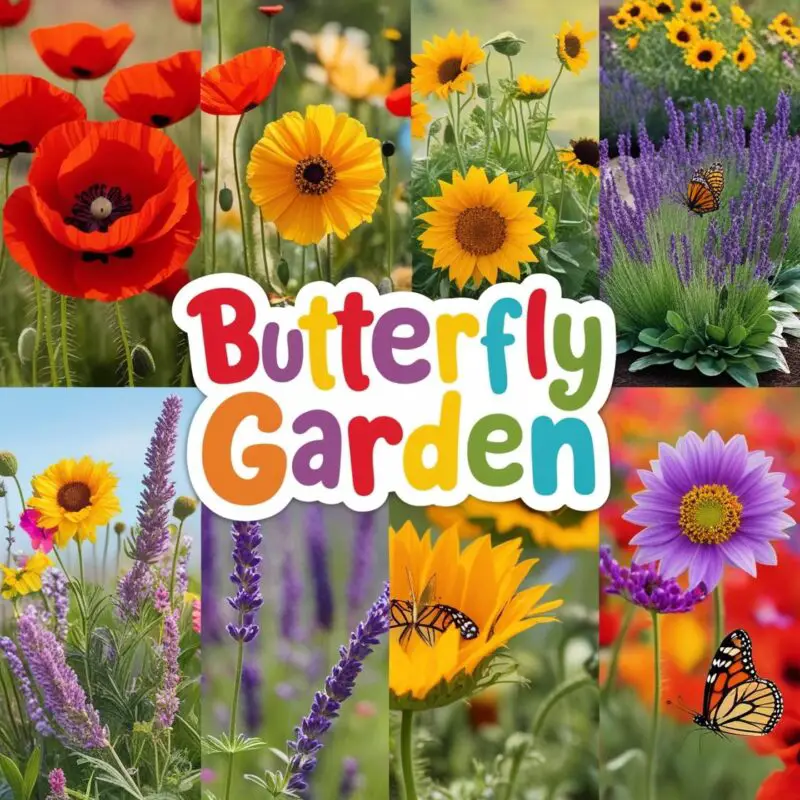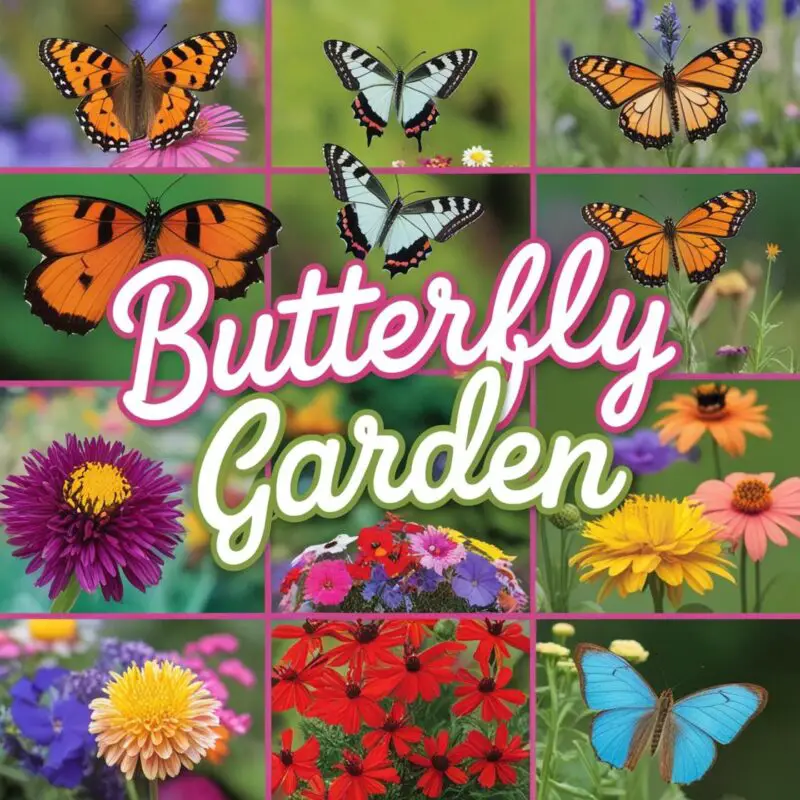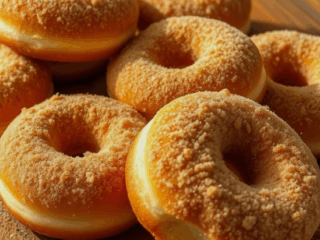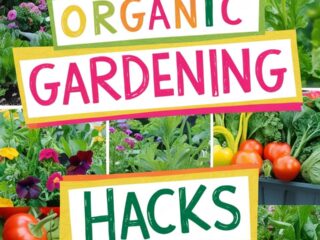As the warm breeze touches my face, I’m amazed by the butterflies dancing in my garden.
Their colorful wings add magic to every spot. It’s a joy that always makes me feel happy and curious.
If you love watching these beautiful creatures, you’re in the right spot.
We’ll find the best flowers to draw butterflies to your garden.
This way, you can make a place that’s not just pretty but also helps nature thrive.
Key Takeaways
- Discover the essential flowers that butterflies find irresistible
- Learn how to cater to the unique needs and behaviors of these pollinators
- Understand the importance of incorporating native plants to support local butterfly species
- Explore strategies for designing a visually stunning and functionally sound butterfly garden
- Uncover the secrets to maintaining a healthy, thriving butterfly habitat year-round
Butterfly Behavior and Garden Requirements
To make a butterfly garden thrive, knowing what butterflies need is key.
They go through a life cycle from tiny eggs to beautiful adults.
Their way of eating is also quite interesting.
Butterfly Life Cycle and Feeding Habits
Butterflies start as small eggs, often on host plants for caterpillars.
The caterpillars grow, shedding their skin many times.
Then, they turn into pupae and finally, into flying adults.
Adult butterflies look for nectar-rich flowers to eat.
This helps them and also pollinates plants.
Essential Garden Features for Butterflies
- Diverse array of nectar-rich flowers that bloom all season
- Sheltered spots, like trees or shrubs, for resting
- Shallow puddles or damp soil for “puddling” behavior
- Host plants for caterpillars to feed and grow
Climate and Location Considerations
When planning a butterfly garden, think about your local climate and location.
Different butterflies like different places.
Using sustainable gardening practices that fit these needs can make your garden a success.
“The beauty and diversity of butterflies can transform a simple garden into a captivating natural wonder.”
Best Flowers for Attracting Butterflies: Top Species Selection
Butterflies add magic to gardens.
Choosing the right flowers can help attract them.
We’ll look at the best flowers for butterflies, including their characteristics and the butterflies they attract.
The Butterfly Bush (Buddleja davidii) is a top pick.
It has fragrant, nectar-rich flowers that butterflies love.
The Lantana (Lantana camara) is also great, with colorful flowers that draw many butterfly species.
Zinnias (Zinnia elegans) add bold color and attract butterflies.
The Butterfly Weed (Asclepias tuberosa) is a native perennial with bright orange flowers.
It’s a host plant for Monarch butterflies.

Flowers for Attracting Butterflies
| Flower | Butterfly Species Attracted | Bloom Time |
|---|---|---|
| Butterfly Bush (Buddleja davidii) | Swallowtails, Painted Ladies, Monarchs | Summer to Fall |
| Lantana (Lantana camara) | Sulphurs, Skippers, Monarchs | Spring to Frost |
| Zinnias (Zinnia elegans) | Painted Ladies, Swallowtails, Monarchs | Summer to Fall |
| Butterfly Weed (Asclepias tuberosa) | Monarchs | Summer |
Adding these flowers to your garden will make it a colorful haven for butterflies.
The best flowers for attracting butterflies offer nectar and host plants for caterpillars.
This ensures a healthy butterfly population in your garden.
https://youtube.com/watch?v=dh82nkZXpuQ
Native Wildflowers That Butterflies Love
Gardeners wanting to attract butterflies should consider native wildflowers.
These plants are perfect for butterflies because they offer nectar and pollen.
They also help keep the ecosystem healthy and sustainable.
Regional Native Species Guide
Choosing the right native wildflowers is key for butterfly gardens.
They must match your local climate and soil.
Here are some favorites for different regions:
- Midwest: Coneflowers, Milkweed, Butterfly Bush
- Northeast: Bee Balm, Blazing Star, Ironweed
- Southeast: Lantana, Salvia, Passion Vine
- Southwest: Blanket Flower, Turk’s Cap, Verbena
- Pacific Northwest: Yarrow, Purple Coneflower, Lupine
Benefits of Local Plant Varieties
Native wildflowers support local ecosystems and provide a sustainable home for butterflies.
They need less water and fertilizers.
They also fight off local pests and diseases better.
Seasonal Blooming Patterns
For a constant supply of nectar and pollen, choose a variety of native wildflowers.
This ensures a colorful display all season.
It attracts many butterfly species at different life stages.
Native wildflowers in your garden create a welcoming space for butterflies
. They also help conserve local ecosystems and support sustainable gardening.
Creating a Butterfly-Friendly Garden Layout
Designing a butterfly-friendly garden is key to attracting these beautiful creatures.
By arranging butterfly-friendly landscaping and colorful flower beds wisely, you can make a welcoming space.
This space meets the needs and likes of butterflies.
Plant grouping is important in a butterfly garden.
Grouping plants together makes a stunning display that attracts butterflies.
Also, placing nectar-rich flowers in sunny spots gives butterflies a steady food source.
- Incorporate water features, such as a shallow birdbath or a small fountain, to provide a reliable water source for butterflies.
- Create sheltered areas with dense foliage or structures like arbors or trellises to offer protection from wind and predators.
- Design pathways and seating areas that allow you to observe the captivating dance of butterflies as they flit from bloom to bloom.
Whether your garden is big or small, a well-designed butterfly-friendly landscaping can make it vibrant.
It turns your garden into a lively ecosystem that celebrates butterflies.
“A garden is a grand teacher. It teaches patience and careful watchfulness; it teaches industry and thrift; above all it teaches entire trust.” – Gertrude Jekyll

Nectar-Rich Flowers for Your Garden
Starting a butterfly garden means picking the right flowers.
These flowers are full of nectar, which is what adult butterflies eat.
They give butterflies the energy to fly and live well.
By adding different nectar-rich plants, you can draw many colorful butterflies and help them grow.
Annual Nectar Sources
Annual flowers are great for a butterfly garden.
They add color and nectar all season. Some top annuals include:
- Zinnia
- Cosmos
- Marigold
- Sunflower
- Lantana
These flowers not only attract butterflies but also make your garden look beautiful.
Perennial Nectar Plants
Perennial plants are key to a butterfly garden.
They offer a steady food source for butterflies. Some top perennials include:
- Echinacea (Coneflower)
- Butterfly Bush (Buddleja)
- Lavender
- Bee Balm (Monarda)
- Milkweed (Asclepias)
These plants come back every year, giving butterflies food all season.
Bloom Time Planning
To keep your garden full of nectar, plan for flowers at different times.
Choose early, mid, and late-season flowers.
This way, your garden will be full of butterflies from spring to fall.
When attracting butterflies, focus on nectar-rich, fragrant flowers.
They provide a steady food source for these delicate pollinators all season.
Host Plants for Butterfly Caterpillars
In the world of butterfly gardening, host plants are key.
They give caterpillars the food they need to grow.
By adding different host plants to your garden, you can attract many butterfly species.
Butterflies lay their eggs on these plants, and the caterpillars eat them.
Without the right plants, butterflies would have a hard time surviving.
Knowing which plants each butterfly needs helps make your garden a welcoming place for them.
| Butterfly Species | Host Plants |
|---|---|
| Monarch Butterfly | Milkweed (Asclepias spp.) |
| Swallowtail Butterfly | Fennel, Dill, Parsley, Rue |
| Painted Lady Butterfly | Thistles, Mallows |
| Sulphur Butterfly | Legumes (Fabaceae family) |
| Fritillary Butterfly | Violets (Viola spp.) |
By choosing the right host plants for your butterfly gardening, you help many butterfly species thrive.
This makes your garden more beautiful and helps protect these amazing insects.
When creating a host plants for caterpillars garden, think about your local butterflies.
Pick plants that fit your climate and soil.
With some planning, you can make your garden a lively home for butterflies.
Maintaining Your Butterfly Garden Year-Round
Creating a lively, butterfly-friendly garden needs ongoing care.
By sticking to green gardening habits, your garden will stay a welcoming home for these beautiful pollinators.
Seasonal Maintenance Tips
Each season brings different needs for your butterfly garden.
In spring, trim, mulch, and get the soil ready for new plants.
Summer is for weeding, cutting off dead flowers, and watching out for pests.
Autumn means cleaning up leaves and planting bulbs for spring.
Winter is for providing shelter and food for butterflies.
Pest Management Strategies
Stay away from harsh chemicals that can hurt butterflies and other helpful bugs.
Use sustainable gardening practices like integrated pest management instead.
This method uses physical, mechanical, and biological ways to control pests without harming your garden’s ecosystem.
Watering and Fertilization
Butterflies need steady moisture and healthy plants.
Water your garden deeply and regularly, adjusting for weather.
For fertilizing, choose organic, slow-release options.
They feed your plants slowly and help keep the soil healthy, supporting your butterfly-friendly landscaping.
“Taking care of a vibrant butterfly garden is a labor of love, but the rewards are endless. By following these green practices, you can make a thriving oasis that will amaze you and feed the butterflies for years.”
By using these year-round care tips, your butterfly garden will stay lush, healthy, and a sustainable home for these amazing creatures.
Sustainable Gardening Practices for Butterfly Conservation
We have a chance to make our gardens great for butterflies and other pollinators.
By using green gardening methods, we help these creatures and keep our gardens healthy.
This is good for our environment too.
Using fewer synthetic chemicals is a big step.
Pesticides harm butterflies and mess up their food chain.
Instead, we can use natural ways to fight pests and weeds.
This includes using beneficial bugs, pulling weeds by hand, and making soil rich with compost.
Composting is also key. It turns old plants into soil that feeds our garden.
This soil helps our plants grow strong and gives butterflies and pollinators food and shelter.
- Reduce chemical use: Opt for natural, organic pest control and weed management methods.
- Embrace composting: Recycle organic matter to create nutrient-rich soil for your plants.
- Conserve water: Implement drought-tolerant landscaping and efficient irrigation techniques.
- Diversify your garden: Create a variety of habitats to support a thriving ecosystem.
Water is precious, so we should use it wisely.
Choosing plants that don’t need much water and using smart irrigation helps.
This keeps our gardens healthy, even when it’s dry.
To really help butterflies, we need to make our gardens diverse.
Planting native flowers, shrubs, and trees gives butterflies and other insects food and shelter all season.
Our garden choices affect the whole ecosystem.
By gardening sustainably, we help protect nature and ensure a future for butterflies.
Let’s make our gardens a haven for these beautiful creatures.
Common Mistakes to Avoid in Butterfly Gardening
Attracting butterflies to your garden can be very rewarding.
However, there are common mistakes to watch out for.
By knowing and avoiding these, you can make a beautiful butterfly-friendly garden.
Plant Selection Errors
Choosing the right plants is key in butterfly gardening.
Picking non-native or ornamental plants that don’t offer nectar or host plants can keep butterflies away.
Instead, choose native, nectar-rich flowers that match your local butterfly species.
Garden Design Pitfalls
- Lack of diversity: A mix of plants in different shapes, colors, and bloom times is vital for attracting many butterfly species.
- Insufficient shelter: Butterflies need places to rest and hide, like trees, shrubs, or tall grasses.
- Cluttered layout: A messy or crowded garden makes it hard for butterflies to find what they need.
Maintenance Mishaps
- Excessive pesticide use: Pesticides can harm butterflies and other pollinators. Use organic pest control instead.
- Neglecting to deadhead: Deadheading spent blooms encourages more flowers and nectar, keeping your garden appealing to butterflies.
- Inadequate water sources: A reliable source of shallow water, like a birdbath or shallow dish, helps sustain butterflies.
Avoiding these mistakes and following best practices in plant selection, garden design, and maintenance will help you create a vibrant butterfly oasis.
This oasis will bring joy to you and your butterfly friends for many years.
Combining Butterfly and Pollinator-Friendly Plants
Creating a pollinator garden for butterflies and other pollinators is rewarding.
By picking a variety of nectar-rich flowers and native wildflowers, you can attract many pollinators.
This makes your backyard a thriving ecosystem.
It’s important to choose plants that bloom all season.
This gives pollinators nectar and pollen when they need it.
Mixing annuals, perennials, and shrubs also attracts different pollinators.
| Pollinator-Friendly Plants | Butterfly Favorites |
|---|---|
|
|
By mixing pollinator-friendly plants and butterfly-attracting species, you create a beautiful garden.
This garden supports the health of your local ecosystem.
It’s not just good for butterflies but also for bees, hummingbirds, and moths.
“A garden that supports a wide range of pollinators is a true oasis of life, teeming with activity and vibrant with color.”
Conclusion
Creating a garden that attracts butterflies is rewarding and helps preserve local biodiversity.
By using the strategies from this article, you can make your garden a vibrant haven for these creatures.
This supports their delicate lifecycle.
To attract butterflies, it’s important to understand their needs and choose the right plants.
Native wildflowers and nectar-rich plants are key.
Also, using sustainable gardening practices like reducing pesticides and adding host plants for caterpillars helps a lot.
Every garden that welcomes butterflies helps the environment.
No matter how small, your garden plays a big role in conservation.
So, be proud of your garden and keep finding new ways to help these amazing creatures.
FAQ
What are the best flowers for attracting butterflies to my garden?
The best flowers for butterflies include native wildflowers and nectar-rich annuals. Fragrant perennials like coneflowers and zinnias are also great. Lantana, butterfly bush, and milkweed are excellent choices. They offer nectar and host plants for caterpillars.
How can I create a butterfly-friendly garden layout?
To attract butterflies, plant flowers in groups and provide sunny spots. Include water sources and sheltered areas. Group nectar-rich plants together and add a birdbath or small pond. Leave some areas undisturbed for butterflies to rest and lay eggs.
What are some important host plants for butterfly caterpillars?
Important host plants for caterpillars include milkweed, fennel, parsley, dill, and passionflower vine. These plants offer food and shelter for the larvae. They are crucial for the butterfly life cycle.
How can I maintain my butterfly garden year-round?
To keep your garden year-round, follow seasonal tips and use eco-friendly pest control. Cut back plants in the fall and avoid harsh pesticides. Ensure your garden has a consistent water source and nutrient-rich soil.
What are some sustainable gardening practices that benefit butterflies?
Sustainable practices include reducing chemical use, composting, and conserving water. Creating diverse habitats also helps. These practices support the ecosystem and provide a thriving environment for butterflies and other pollinators.
How can I combine butterfly-friendly plants with other pollinator-friendly species?
Mix nectar-rich flowers, native wildflowers, and host plants for a diverse garden. Include species that appeal to bees, hummingbirds, and butterflies. Planting with different bloom times ensures food throughout the season.




